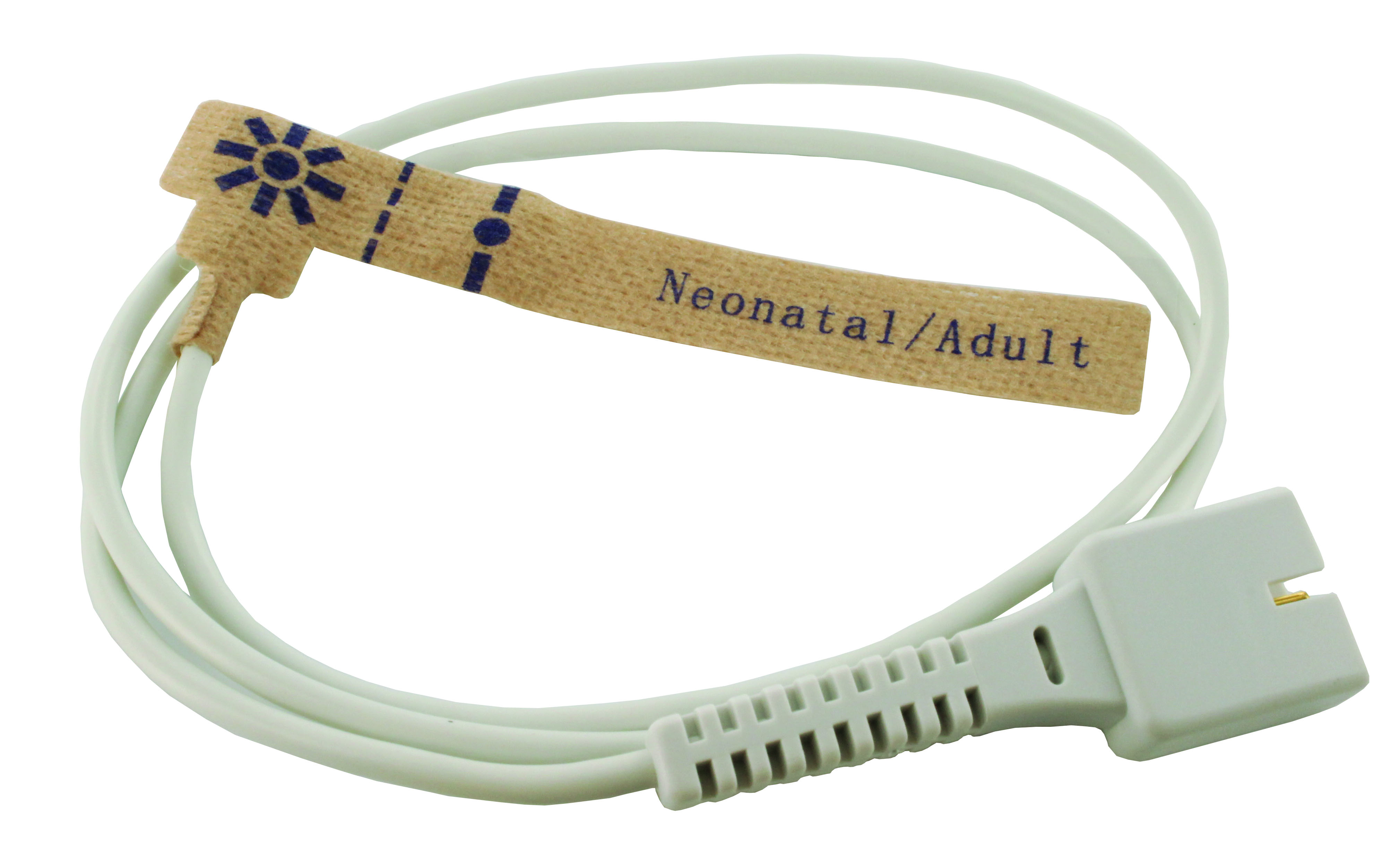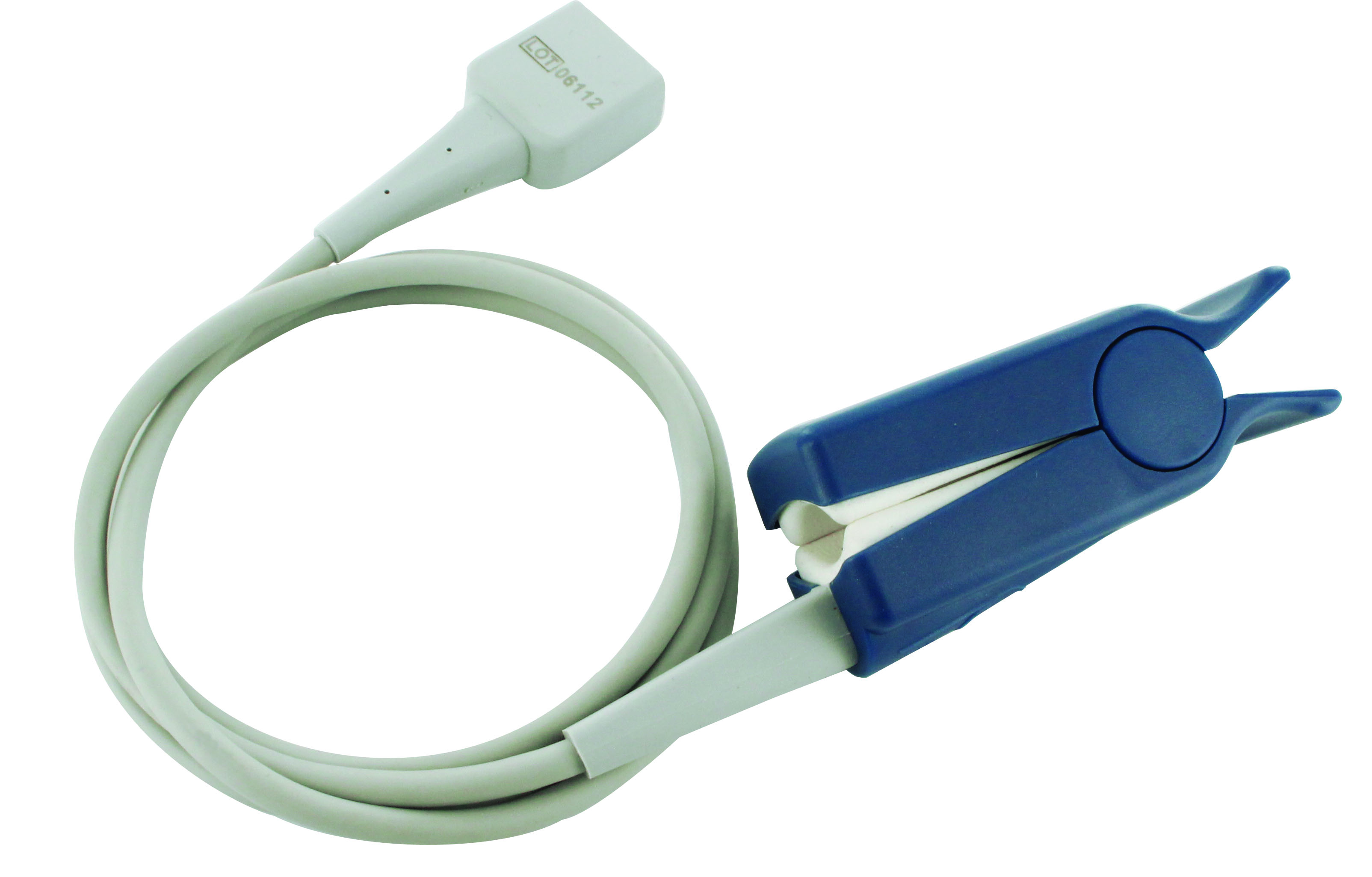A number of key trends in the healthcare business has increased the need for sensors to not only monitor patient conditions but also link to centralized data systems to help medical personnel better make informed healthcare decisions. For one, an aging population is increasing pressure on healthcare systems to care for an increasing number of citizens vulnerable to chronic disease. At the same time, the healthcare industry is seeking to better manage costs while improving patient outcomes.
Another key trend is the increased use of “big data,” which is allowing medical providers to analyze much larger population bases to identify areas for medical research. This is occurring hand-in-hand with opportunities presented by the Internet of Things (IoT), which in the development of smart devices, promises to make healthcare easier, more effective, and more efficient.
As a result of these trends, Fortune 500 companies and healthcare organizations are developing medical devices that help patients and clinicians make better decisions while exploring new healthcare frontiers. From devices that serve to lower hospital readmission rates, to solutions that not only introduce cost-efficiencies but better serve patients living in remote areas, sensors are at the heart of changing healthcare dynamics.
The critical role of sensors in med tech
Electronic systems in medical equipment devices and probes rely on sensor signals as a basis to control activities, provide accurate diagnosis and inform treatment. In hospital settings, sensors monitor various patient issues and play a pivotal role in acute medical situations such as post-op recovery, or when patients are transitioned from one hospital department to another. For instance, TE Connectivity’s photo optic emitter assembly is used for acute medical situations like post-op recovery (Figure 1). This helps to address major concerns over patient safety and medical errors, which according to the World Health Organization (WHO) results in approximately one in 10 hospitalized patients experiencing harm due to errors.

Figure 1. Low oxygen level can put a strain on cell function including the heart and brain. This photo optic emitter assembly is critical in acute medical situations like post-op recovery.
Sensors are also helping to create advancements in self-patient monitoring. Medical equipment is being designed for home healthcare use, incorporating sensors to not only keep track of the patient, but also to help a machine keep track of itself. In addition, IoT driven healthcare services and wearable medical devices feature sensors, actuators, and other mobile communication methods to allow patient data to be continuously monitored and transmitted via cloud-based platforms. As a result of these trends, some industry analysts expect remote monitoring systems on a global basis to reach a staggering $46 billion in value by 2020.
Sensors measure a host of health-related issues including temperature, ECG, EEG, oxygenation, blood pressure and glucose levels. What’s more, sensors are used in both invasive and non-invasive procedures. The sidebar shows how an oxygenation sensor works.
For example, intravascular blood pressure is most accurately measured by incorporating a sensor as part of an invasive arterial procedure that places a cannula needle usually in a radial, femoral, dorsalis pedis, or brachial artery. The success of this arterial pressure measurement is leading to new blood pressure applications specifically for intra-cranial pressure and urine pressure detection.
Optical components are a key part of measuring blood oxygenation (SpO2) level on a non-invasive basis. Sensors for pulse oximetry applications must provide clear accuracy in oxygen level detection and provide flexibility to accommodate multiple wavelength options as various medical device manufacturers utilize differing proprietary algorithms to calculate oxygen levels.
Successful medical sensor applications are also leading to new developments. For example, a Pulse Index Continuous Cardiac Output (PICCO) measures the performance of the heart by injecting cold saline into it and uses both temperature and pressure sensors to understand the status of the lungs or heart in monitoring the body’s response to the procedure. Fractional Flow Reserve measurement (FFR) determines the ratio between the maximum achievable blood flow in a diseased coronary artery and the theoretical maximum flow in a normal coronary artery. Pressure sensors help check for the seriousness of arterial blocks, inform health practitioners if surgical intervention is required, and measure the success of a surgery if it is conducted.
Choosing the right sensor
Fundamental to choosing the right sensor is its ability to deliver the highest degree of precision, durability and performance. Arguably, this is exacerbated in the medical devices field where measurements are not only conducted in highly complex environments but the outputs directly impact the delivery of quality care to ensure human life does not hang in the balance.
As a result, device manufacturers must have confidence in the sensor provider, working with companies regarded for high reliability and near flawless quality. Scalable, value-added manufacturing capabilities may be another consideration in choosing to work with a sensor provider that not only offers components but complete sensor connectivity.
Product flexibility is also key to ensure device compatibility. For example, in measuring blood oxygenation (SpO2), device manufacturers benefit from choosing a sensor with the ability to provide red LED wavelength tolerance up to 660 nm ± 2 nm and which offers an emitter with multiple IR LED wavelength choices: 660 nm, 880 nm, 905 nm and 940 nm. In addition, SpO2 sensors (Figure 2)–offered as either reusable or disposable–should not only be manufactured to ensure maximum patient comfort but be latex free and biocompatibility tested in meeting industry standards.

Figure 2. TE Connectivity’s SpO2 Pulse-Oximetry offers a single-use, disposable sensor solution for prolonged monitoring scenarios or environments in which cross-contamination is a concern.
Sidebar: How A Blood Oxygenation Sensor Works
Blood oxygenation sensors work on extremities such as a finger, toe or ear. Types include:
- Reusable finger clip SpO2 sensors (Figure 3)
- Durable soft silicone boot reusable SpO2 sensors
- Light weight disposable SpO2 sensors
Within the SpO2 sensor, light emitting diodes shine red and infrared light through the tissue. The blood tissue and bone at the application site absorb much of the light. However, some light passes through the extremity. A light-sensitive detector opposite the light source receives it.
In operation, the sensor measures the amount of red and infrared light received by the detector and calculates the amount absorbed. Much of it is absorbed by tissue, bone and venous blood, but these amounts do not change dramatically over short periods of time. The amount of arterial blood does change over short periods of time due to pulsation (although there is some constant level of arterial blood). Because the arterial blood is usually the only light absorbing component which is changing over short periods of time, it can be isolated from the other components.
The amount of light received by the detector indicates the amount of oxygen bound to the hemoglobin in the blood. Oxygenated hemoglobin (oxyhemoglobin or HbO2 absorbs more infrared light than red light. Deoxygenated hemoglobin (Hb) absorbs more red light than infrared light. By comparing the amounts of red and infrared light received, the instrument can calculate the SpO2 reading.

Figure 3. The MEAS Finger Clip Sensor Platform is designed to fit adult fingers of various sizes.




